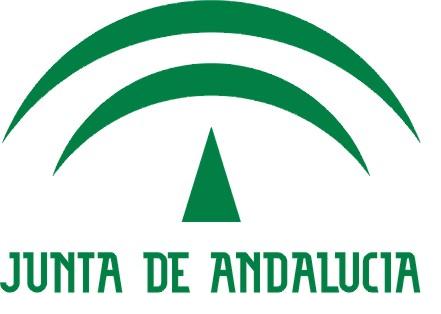Spanish Relativity Meeting - ERE 2010
The Spanish Relativity Meeting/Encuentros Relativistas Españoles (ERE) is an international conference devoted to Relativity and Gravitation which is organized every year by one of the Spanish groups working in this area. The EREs started in 1977 with the main objective of promoting scientific discussion and interchange of knowledge in the field, encouraging a relaxed atmosphere. Over the years, the conference has gained international recognition and has attracted an increasing number of worldwide participants. EREs are nowadays established as relevant international events in the field, maintaining substantially their original relaxed character. A list of previous meetings and a short history of the EREs can be found in https://www.segre.es/en/historia.shtml .
Each year the conference is endowed with a particular flavour and orientation. ERE2010 will have as subtitle:
Gravity as a Crossroad in Physics
The underlying rationale is to present gravitational physics as a scientific “locus” for the interbreeding between (separate) communities in Physics. It is a remarkable property of Gravity that its specific problems provide a framework that calls for the interchange of ideas, concepts and methodologies coming from very different communities. We aim at reflecting this interdisciplinary perspective in the scientific program. In this sense, each Day along the week will be devoted to a particular “dialogue” between two communities sharing some of their ultimate goals, but differing in their conceptual background, methodology or technical approach. These ”dialogues” are envisaged as opportunities to compare alternative viewpoints, keeping a focus on their complementary nature.
The following “Day Titles” aim at capturing the scientific spirit of each Day:
Day 1: Fundamental vs. Effective Approaches in Theoretical Gravity
This Day is intended to discuss/compare approaches to Gravity conceptually differing in their understanding of the nature of the basic physical degrees of freedom of the theory, namely confronting viewpoints supporting the fundamental status of such degrees of freedom with other research programs favouring some emergence mechanism. Gravitational analogues will also be discussed this Day.
Day 2: Geometric vs. Quantum Field/String Theory Approaches to Quantum Gravity
This Day focuses on Quantum Gravity. A particular emphasis will be placed in the comparison between geometric approaches to the quantization of General Relativity (e.g. Loop Quantum Gravity in the context of the canonical program) and approaches leaning on or evolving from a (quantum) field theory treatment of Gravity (e.g. String/M-theory).
Day 3: Theoretical Cosmology vs. Physical Cosmology
This Day is intended to address the current challenges in Cosmology from a double perspective. On the one hand, offering an analysis of the large scale picture of the Universe emerging from the accumulated body of observational data and, on the other hand, assessing the theoretical attempts to explain such a picture putting a special emphasis on the role of Gravity.
Day 4: Relativity vs. Astrophysics
This Day will focus on astrophysical problems where General Relativity plays a fundamental role. Challenges and difficulties encountered by relativists modelling specific astrophysical scenarios will be confronted to those ones found by astrophysicists needing General Relativity as a key conceptual ingredient. Particular emphasis will be placed on gravitational waves and compact objects.
Day 5: Mathematical Relativity vs. Numerical Relativity
This Day aims at discussing and identifying fundamental problems in General Relativity, and more generally in Gravity physics, where a close collaboration between relativists in the Geometry/Analysis community, on the one hand, and relativists in the Numerical community, on the other hand, can prove to be particularly successful and insightful.









